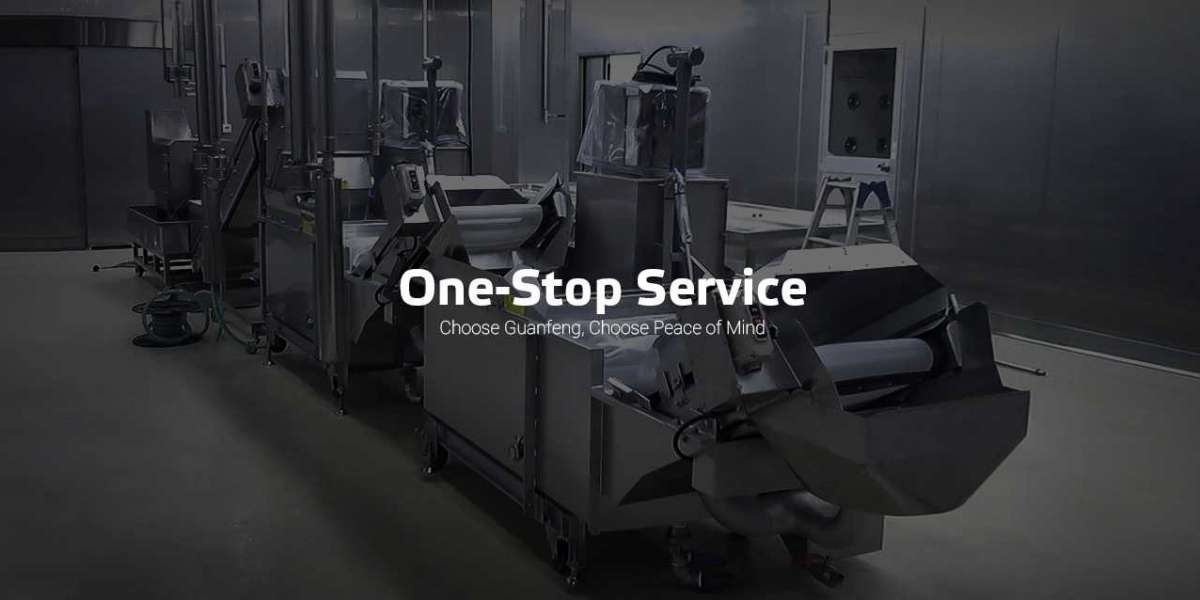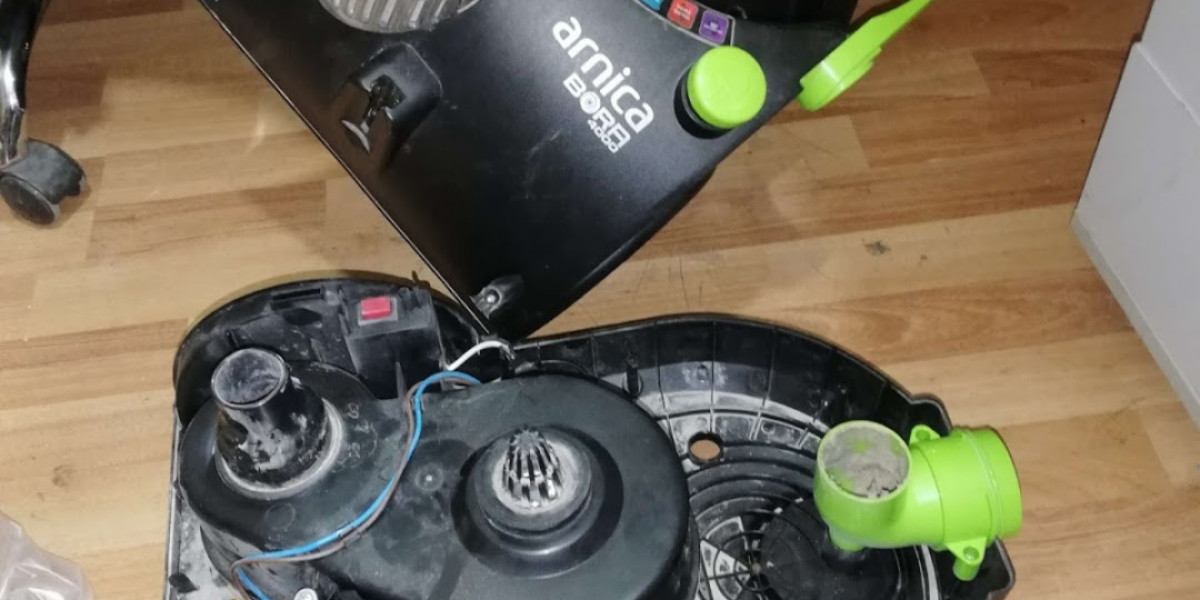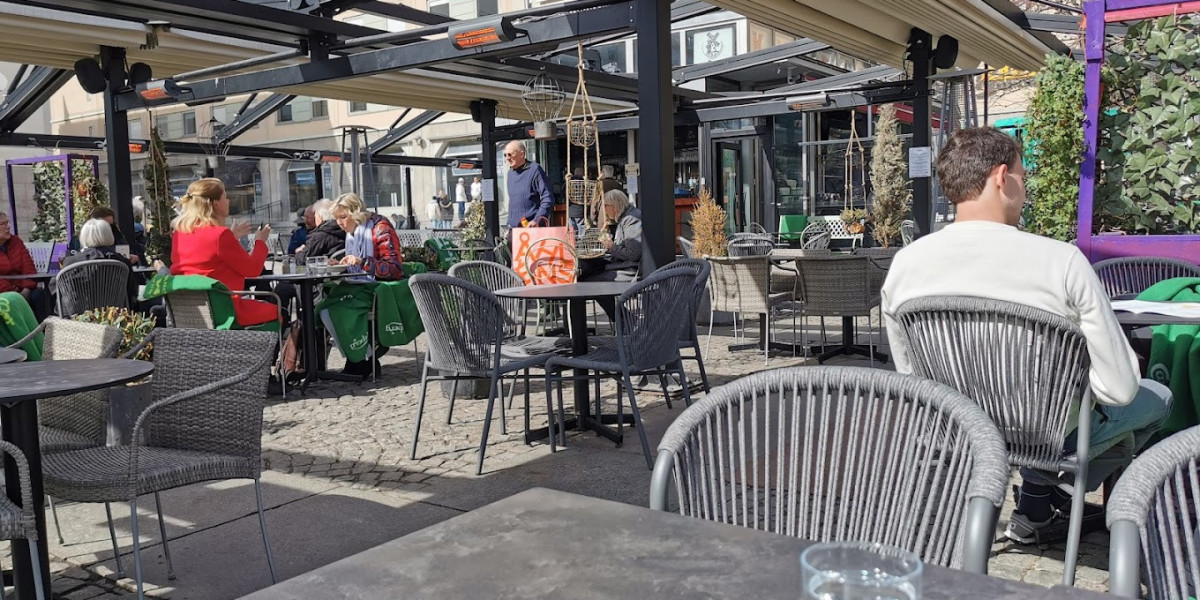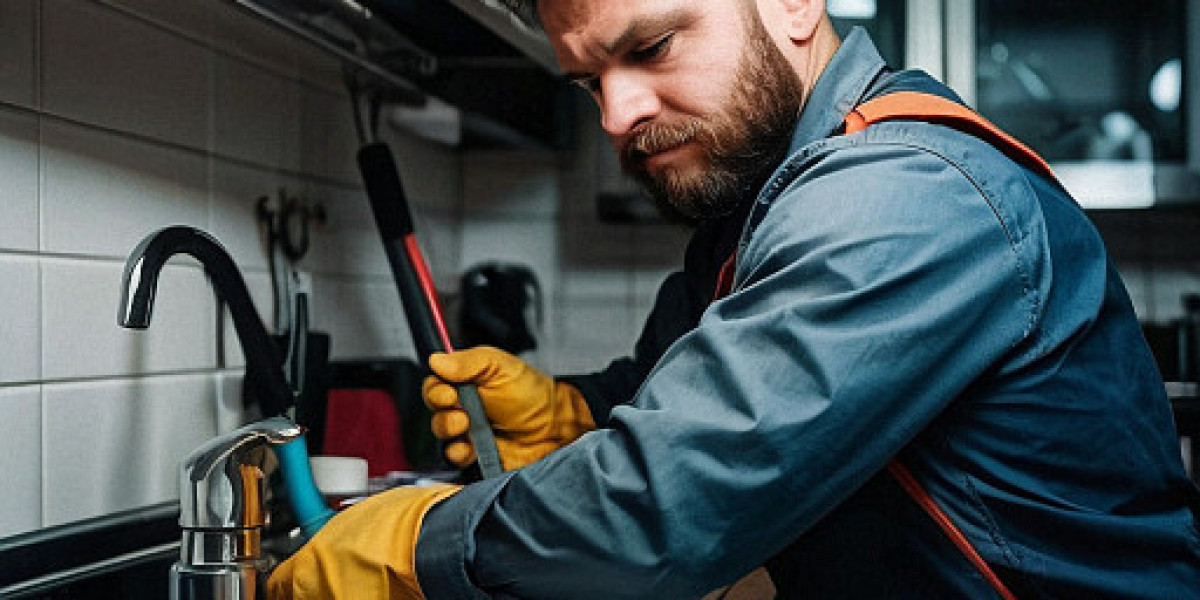The driving force in the lyophilization process is energy in the form of heat. In order for a molecule to undergo a phase change (solid to gas), energy must be provided. The more energy transferred to the sample, the faster the process.
However the amount of energy that can be added is limited by the sample’s eutectic point, which is derived from the part of the sample mixture that has the lowest freezing point.
The most common accessories that provide heat to samples when freeze drying are heated product shelves. The product shelves of most Tray Dryers are microprocessor controlled, and the shelf temperatures are automatically changed according to a program that has been set and stored. Heated product shelves are commonly used with Clear Drying Chambers.
Many end users do not realize that when freeze drying with flasks and manifolds, heat still enters the samples. The heat source is essentially the room temperature that is usually around 20°C to 25°C. Increasing the amount of the sample that is in contact with the glass sides of the flask, will increase the heat transferred to the sample and will result in a faster lyophilization rate. Room temperature variances will certainly affect the required length of time to freeze dry.
The longest freeze dry runs will occur when the sample is placed on unheated product shelves within a chamber or placed inside the freeze dryer’s condenser. It is very difficult to transfer heat through an air gap and even more difficult when the air gap is under vacuum.
Know the eutectic point of your sample and monitor its sample temperature.
It is critical that a sample remains completely frozen during all stages of freeze drying. The eutectic temperature (triple point) is the temperature at which your sample only exists in the solid phase. If your frozen sample goes to a temperature higher than the eutectic temperature, it will begin to melt.
During the primary drying phase (first phase) of freezing drying heat can be added to your sample to sublimate the water out of the sample. A temperature probe placed in your sample provides feedback of the sample temperature. The more heat you apply the faster the process, however your sample must remain below its eutectic point during primary drying. Knowing the temperature your sample cannot go above enables the greatest amount of heat to be added to the sample without experiencing melt back.
If you do not know the eutectic temperature, it is best to add heat slowly and observe the sample as you gradually add more heat to each subsequent run until you determine the maximum amount of heat that can be added safely to the sample. If the eutectic temperature is unknown, developing the optimal method will require many trial and error runs until the critical temperature is determined.

It is difficult to control the heat that is transferred to the sample when lyophilizing in flasks on a manifold. The heat is essentially the room temperature. If a sample in a flask is melting back (getting too much heat) simply, insulate the flask with foam to slow the heat transfer down.
Putting a flask inside another larger flask with an air gap in between the two flasks is another way to provide insulation to limit the amount of heat that is transferred to the sample. GuanFeng Freeze Dry Machine Manufacturer is your specialist in drying techniques and all your partner for freeze dry machinery. The great variety of drying processes enables Guanfeng to always give good and honest customized advice and help you decide which machine best matches your requirements.Please contact us or check below link: gf-machine or gf-machine.com if you have any question.








